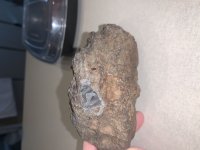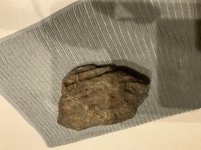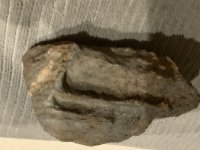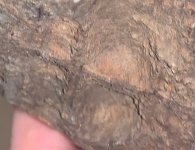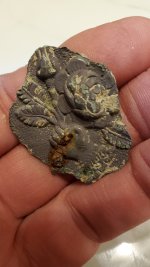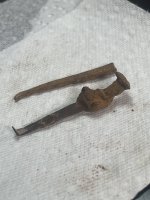Sparkysparky
Newbie
- Apr 27, 2020
- 2
- 0
- Primary Interest:
- All Treasure Hunting
I have looked online and it seems to have passed many of the tests that I see. It seems heavier than it should be for similar size rock weighs about 5lbs. It is attracted to a magnet. Some sites say you might see finger grooves or fingers pushed in. It seems to have a crust with different inside. I have ground off a very small portion and the inside seems different than the crust. Hoping I could get some validation I realize most people are wrong. I have attached a few photos. Love some opinions. Just found your site looks pretty cool. All the treasure hunting.


